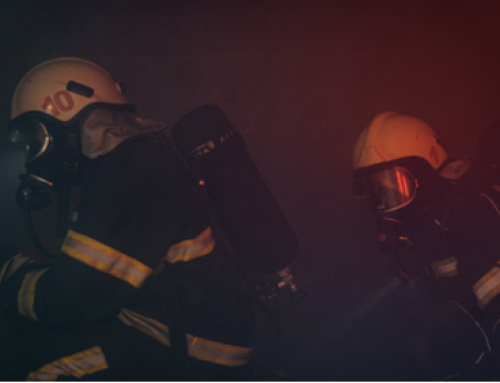It is of the utmost importance that our students understand how to visually, and through questions, evaluate a patient with suspected cardiac conditions. In Occupational First Aid level 2 (OFA 2) we learn to recognize signs and symptoms that lead us to performing the proper critical interventions. An angina patient will start to have pain in the mid chest, this pain will be provoked by emotional or physical stress. Angina is a condition that the patient has been most likely diagnosed with. The patient will start to feel a heavy, squeezing, tight pain in the mid chest. This pain may spread in the upper body wherever there are major blood vessels, such as, pain may spread across the chest, down the arms, neck, jaw and shoulders, and in most females is felt in the mid-lower back. This pain can be relieved by the patient’s own medication, usually nitroglycerin, which is a vasodilator.
It is best when you suspect angina, to lay the patient close to the ground, give them oxygen (10 lpm) finish the primary survey (ABC’s) ask the patient about their history. Make sure they have taken their medications, keep them warm and see if they get better.
If patients pain is relieved with the meds the First Aid Responder should have the patient rest for up to 30min and do 2 sets of vitals minimal. The patient may be able to return to work if all pain has subsided. On the other hand, if pain is not relieved and or the patient shows signs of pain or discomfort follow your emergency response procedure and call BCAS/911.
Live with purpose, live healthy at work and home,
Tom Sangha





